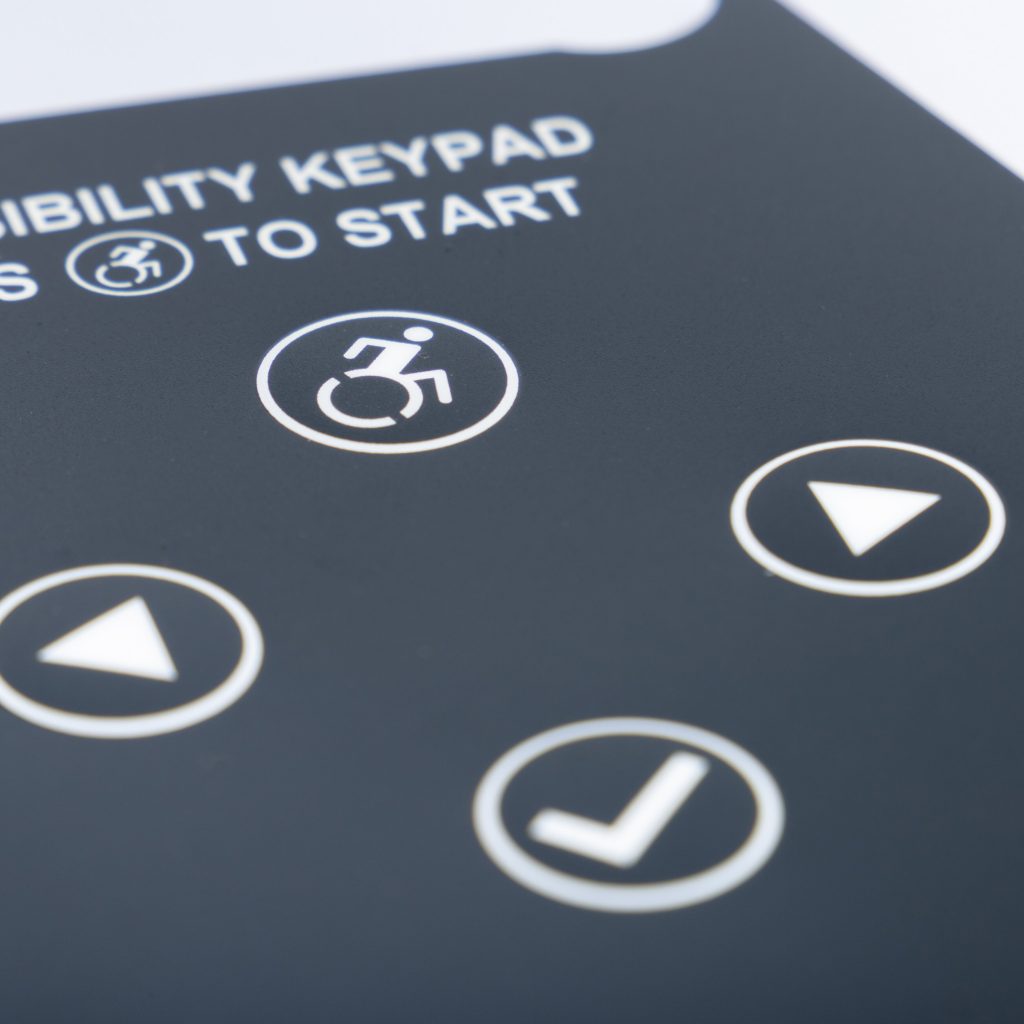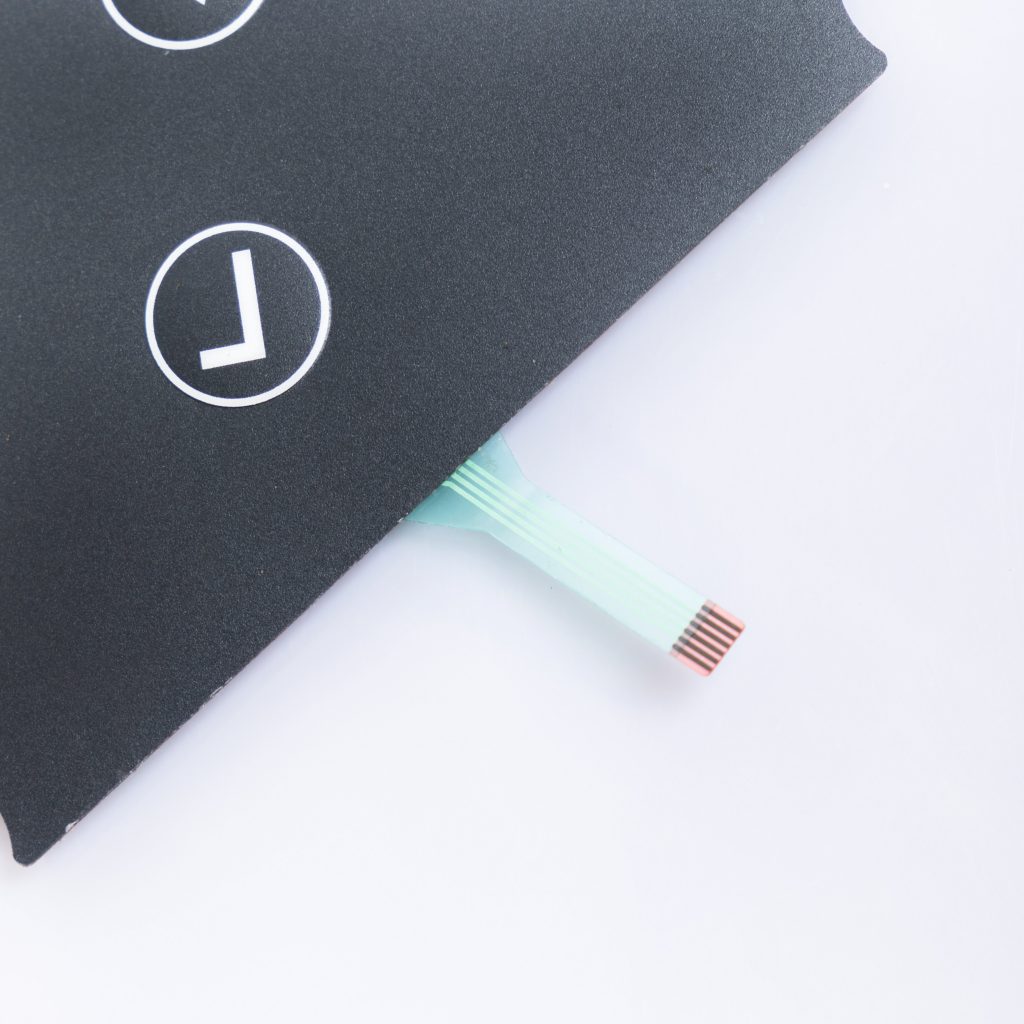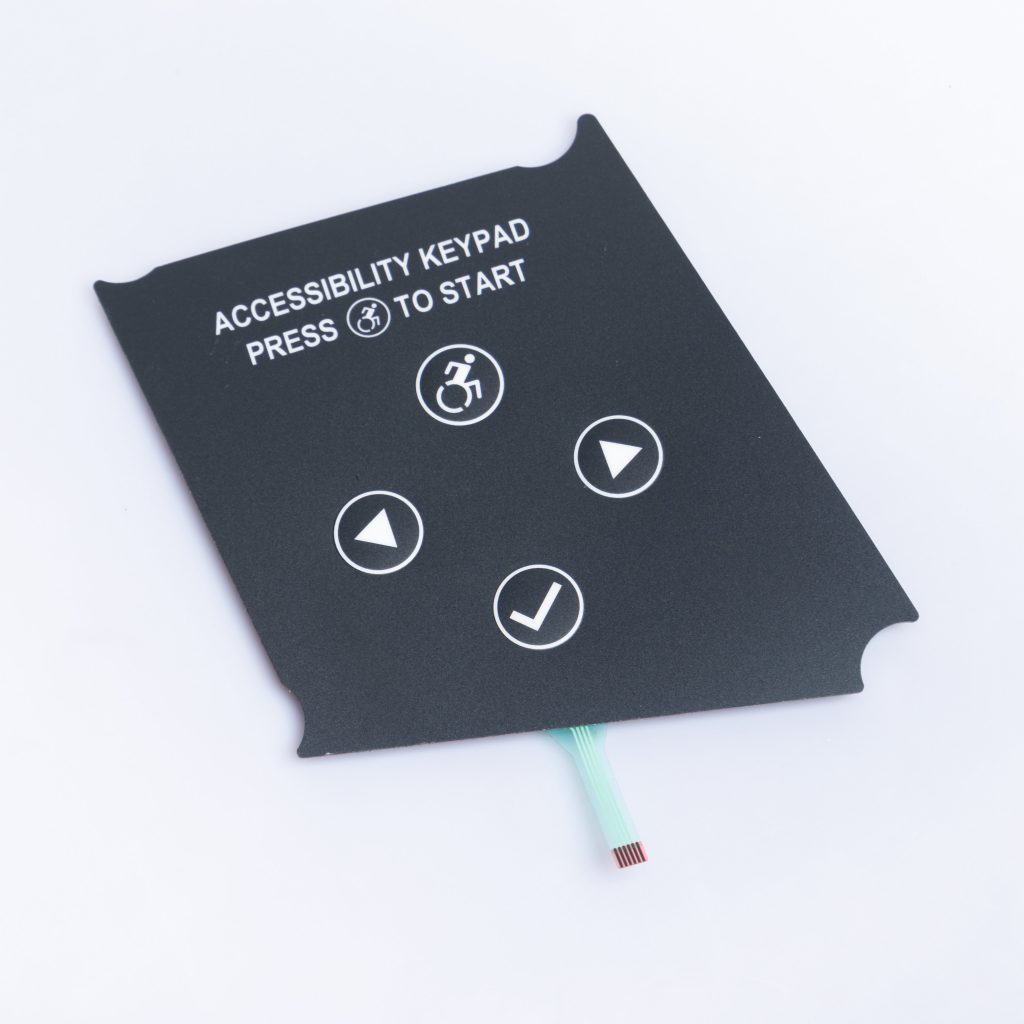Contact
Write to Us And We Would Be Happy to Advise You.
Do you have any questions, or would you like to speak directly with a representative?
By hqt
Embossing is a common manufacturing process used in the production of membrane switches to create raised or recessed areas on the switch’s surface. Membrane switches are thin, flexible devices used in a variety of electronic equipment and control panels to provide a user interface for input.



Here’s how embossing is typically used in the context of membrane switches:
Material Selection: Membrane switches are typically constructed using multiple layers of materials, including a graphic overlay, adhesive layer, spacer layer, and a circuit layer. The graphic overlay is the top layer, and it’s the part that users interact with. It’s often made of materials like polyester or polycarbonate.
Design and Artwork: The design and artwork of the switch’s user interface are created, specifying the location of buttons, icons, labels, and other features.
Embossing Tooling: To create the raised or recessed areas on the graphic overlay, embossing tooling or dies are used. These tooling pieces are designed to match the desired pattern or shape of the embossing.
Embossing Process: The graphic overlay material is placed between the embossing tooling and a press or roller system. Pressure and heat are applied to the tooling, which presses the material, creating the raised or recessed areas according to the design. This process is often done in a controlled environment to ensure consistency.
Final Assembly: After embossing, the graphic overlay is typically combined with other layers of the membrane switch, including the spacer layer and the circuit layer, to create a complete assembly. This assembly may also include additional components like LEDs, connectors, and adhesive layers.
Testing and Quality Control: The finished membrane switch is subjected to testing and quality control processes to ensure that all buttons and features function as intended. This may include electrical testing to verify the switch’s conductivity.
Embossing serves several purposes in membrane switches:
Tactile Feedback: Raised embossed areas provide tactile feedback to users when they press a button, enhancing the user experience.
Durability: Embossed areas can be more durable and resistant to wear and tear compared to printed graphics, ensuring that the switch remains functional over an extended period.
Aesthetics: Embossing can be used to create visually appealing and distinctive designs, making it easier for users to locate and interact with specific buttons and features.
Customization: Membrane switches can be customized with unique embossed patterns, shapes, and textures to meet specific design requirements.
Embossing is just one of the many manufacturing techniques used in the production of membrane switches. Depending on the application and design specifications, manufacturers may also incorporate other features like backlighting, metal domes for tactile response, and more to create a user-friendly and functional interface.
Do you have any questions, or would you like to speak directly with a representative?